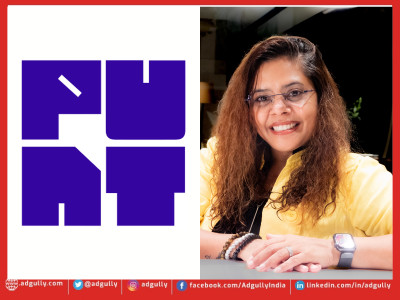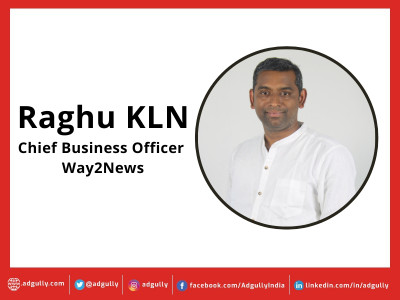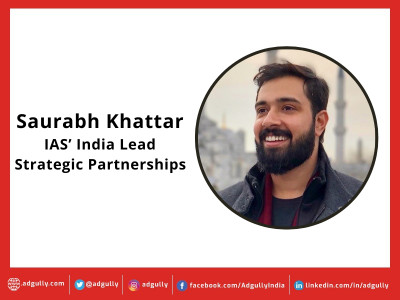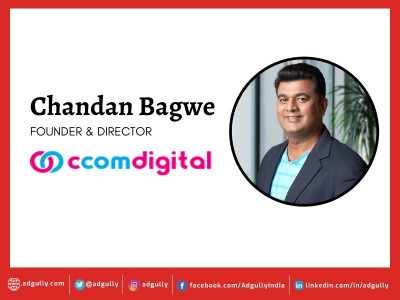Enterprise Agility: An imperative in this age of urgency
Organisation agility and incremental product delivery enables organisations to respond quickly and creatively to evolving customer needs, writes Priyanka Agrawal from Fractal Ink Linked by Isobar.
Companies today are struggling to get a grip of the fast-paced technological advancements, evolving customer preferences and changing employee expectations. Historically, for large companies scale was a sufficient advantage to beat the competition. Now, fast and adaptive beats laggard and steadfast. Traditional rigid hierarchy and siloed business functions are crippling the organisations’ ability to keep pace with the fast-changing landscape.
Large organisations are in a unique place to use the scale as a strength and mix it with agility, flexibility and resilience to create a competitive advantage for a winning formula.This thought process needs introspection and realignment. Here are some key drivers that stimulate the process.
- Restructure from top-down hierarchy to network like structure
Organisations need to keep pace if not be a step ahead with their competition. For this, they constantly need toreconfigure strategy, structure, processes, people, and technology to create value. What makes this restructuring possible in the most efficient way is shifting the organisation structure from top-down traditional hierarchy in a pyramid-like structure to a living organism like framework.
In the traditional hierarchy, the management sits at the top and information flow is vertically upward while decision making is exactly vertically downwards.
The shift needs to happen for the management to be at the nucleus of the organisation and self-sufficient cross-functional teams at the periphery interacting closely with internal and external stakeholders. The nucleus becomes a facilitator and not a governor of all decision making, hence empowering the team to take more calculated risks and be more proactive with high standards of alignment, accountability, expertise, transparency and collaboration.
- Encourage high -velocity decisions plus high - quality actions
Organisations often work in top-down planning and frontline execution. Frontline reports back up to the top, who in turn analyse, restructure, find gaps and solutions, replan and push down to reimplement. Repeating this process all over again. This is a slow and detrimental process to keep up with real-world changes.For intelligent decision making to occur, it should be delegated to those closest to the customer. Speed in decision making is essential.
Jeff Bezos, in his April 2017 letter to Amazon shareholders, highlights making not just “high-quality” decisions but “high-velocity” decisions. They go hand in hand. “Most decisions should probably be made with somewhere around 70 percent of the information you wish you had. If you wait for 90 per cent, in most cases you’re probably being slow.” Choosing not to fail fast comes at a price. “If you’re good at course correcting, being wrong may be less costly than you think, whereas being slow is going to be expensive for sure”.
- Adopt emergent strategy
Up until now, teams in the organisations used to work with a clear finish line. Clear end goals were set and decisions once taken hardly needed to be revisited in the development cycle. Now, with the current paradigm, the end goal is ever-evolving and the company ethos and vision is ‘constant value creation for customers’. This pursuit of an unknown destinates demands an ‘emergent’ strategic practice which entails a relentless quest and not a defined end goal.
Teams need to create value from learning by doing, improvising and improving, creating product or services that the competition hasn’t considered yet or responding to customer feedback for an underserved or unmet need. An emergent strategy gives businesses a ‘roll with it’ mindset to be able to accept results they didn’t plan for or envisaged and act on it in the most favourably.
- Getting customers a seat at the table
Moving away from the organisations’ perception of what customer needs to getting real-time feedback from actual users becoming intensely consumer-centric to meet diverse needs across the entire customer lifecycle. Agile organisations are committed to creating value across the board for all stakeholders, be it customers, employees or partners.
Organisations need to align the overall company goals with the needs and wants of the customer to be truly customer-focused. Users need to be involved early and often and ‘the voice of the customer’ needs to be made real by talking to them constantly throughout the product development process. Regular feedback from the users is incorporated and helps drive product decision.
Organisation agility and incremental product delivery enables organisations to respond quickly and creatively to evolving customer needs, changing industry landscape and emerging threats and opportunities.
(Priyanka Agrawal is Co-founder and Chief Strategy Officer at Fractal Ink Linked by Isobar. With over to 20 years in the field of experience-led design, Agrawal now plays an integral role in being an innovation catalyst and a strategist for various organisations.)















Share
Facebook
YouTube
Tweet
Twitter
LinkedIn